Hubner Cobolt Odin Series User manual
Other Hubner Measuring Instrument manuals
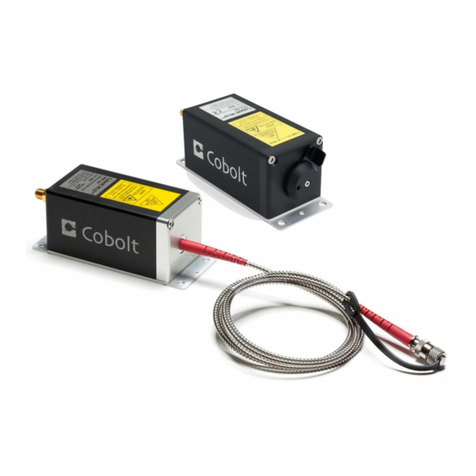
Hubner
Hubner Cobolt 06-01 Series User manual
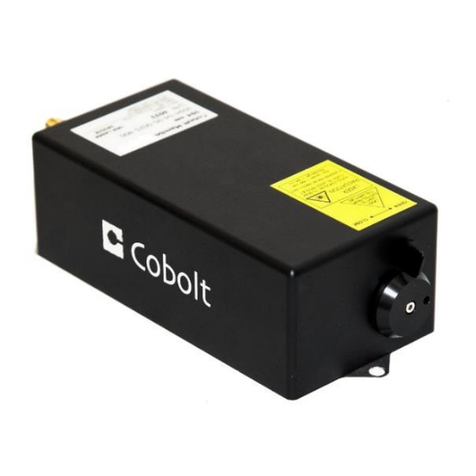
Hubner
Hubner Cobolt DPSS User manual
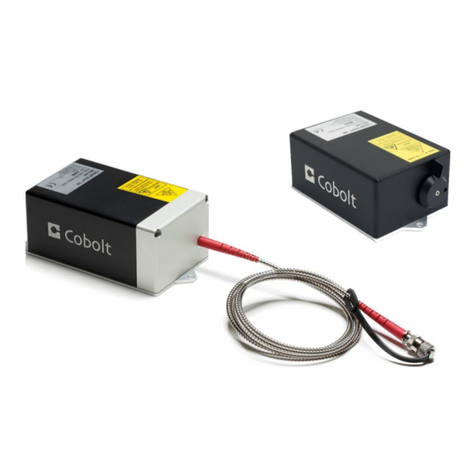
Hubner
Hubner Cobolt 04-01 Series User manual

Hubner
Hubner Cobolt 05-01 Series User manual

Hubner
Hubner HM35 User manual
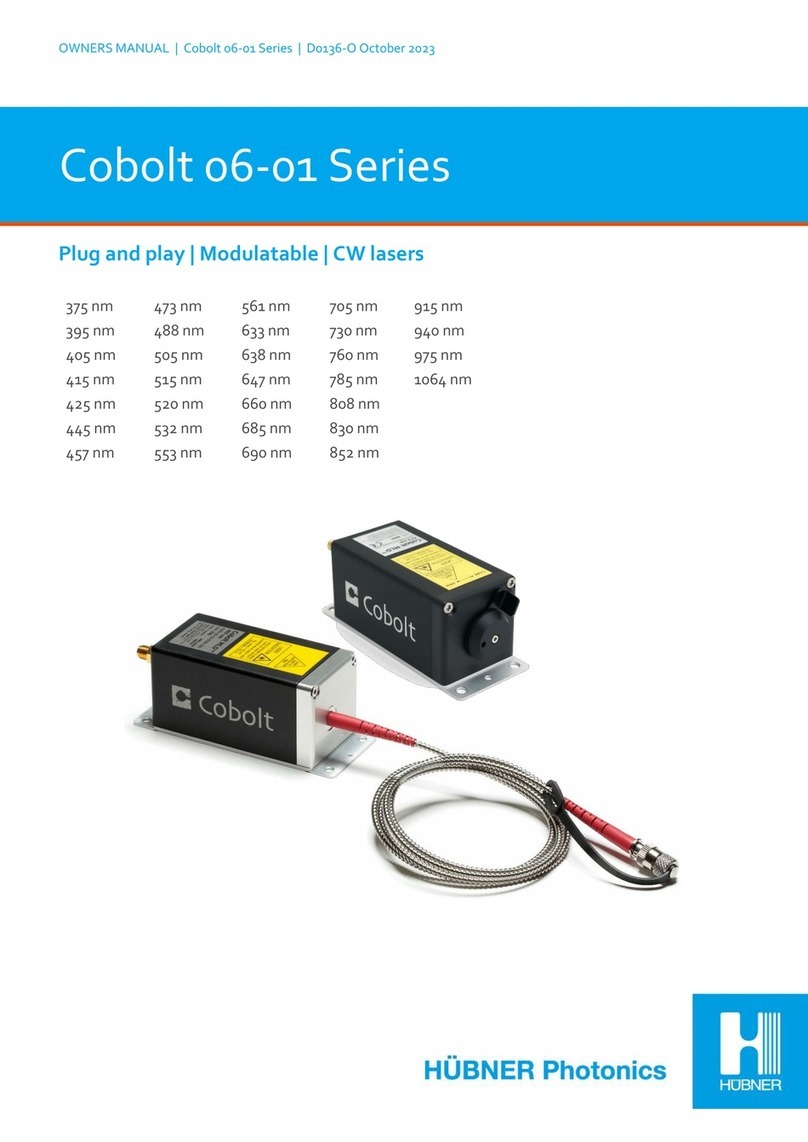
Hubner
Hubner Cobolt 06-MLD 940 nm User manual
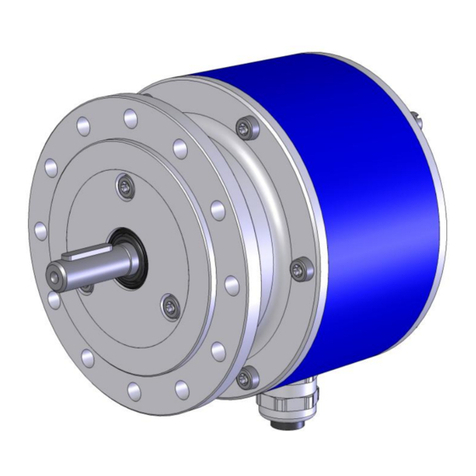
Hubner
Hubner FG 2 Series Product guide
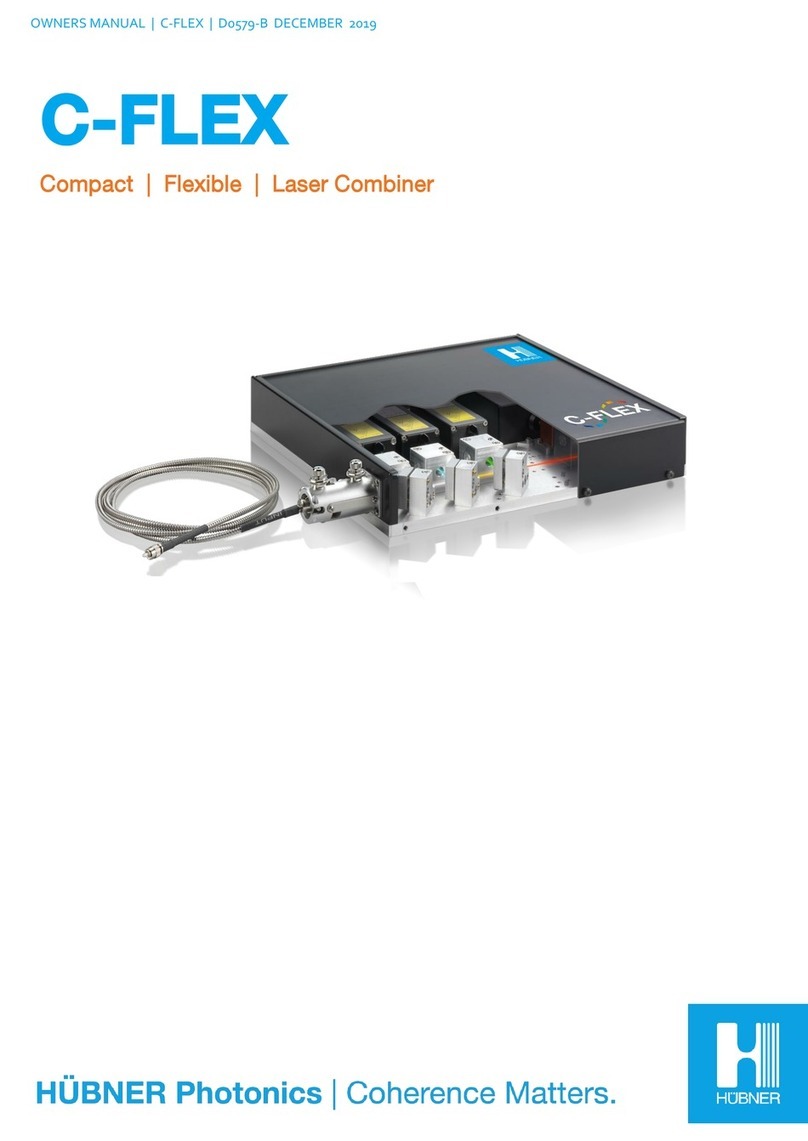
Hubner
Hubner C-FLEX User manual
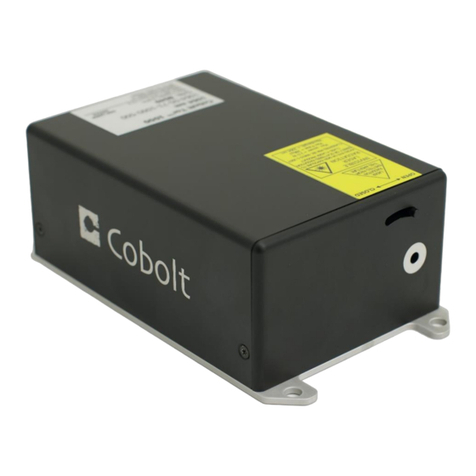
Hubner
Hubner Cobolt Tor Series User manual
Popular Measuring Instrument manuals by other brands

Powerfix Profi
Powerfix Profi 278296 Operation and safety notes

Test Equipment Depot
Test Equipment Depot GVT-427B user manual

Fieldpiece
Fieldpiece ACH Operator's manual

FLYSURFER
FLYSURFER VIRON3 user manual

GMW
GMW TG uni 1 operating manual

Downeaster
Downeaster Wind & Weather Medallion Series instruction manual

Hanna Instruments
Hanna Instruments HI96725C instruction manual

Nokeval
Nokeval KMR260 quick guide

HOKUYO AUTOMATIC
HOKUYO AUTOMATIC UBG-05LN instruction manual

Fluke
Fluke 96000 Series Operator's manual

Test Products International
Test Products International SP565 user manual

General Sleep
General Sleep Zmachine Insight+ DT-200 Service manual















